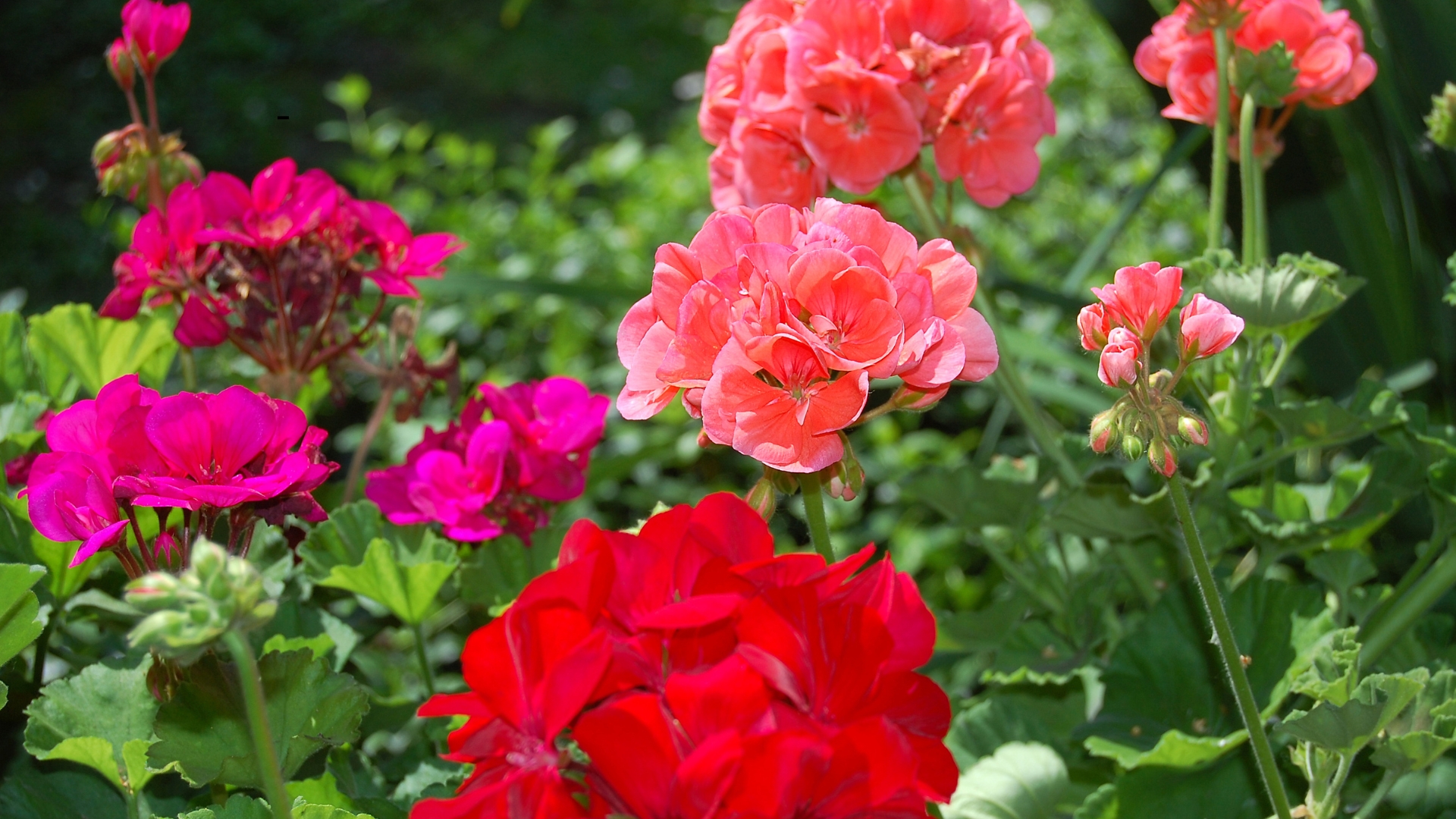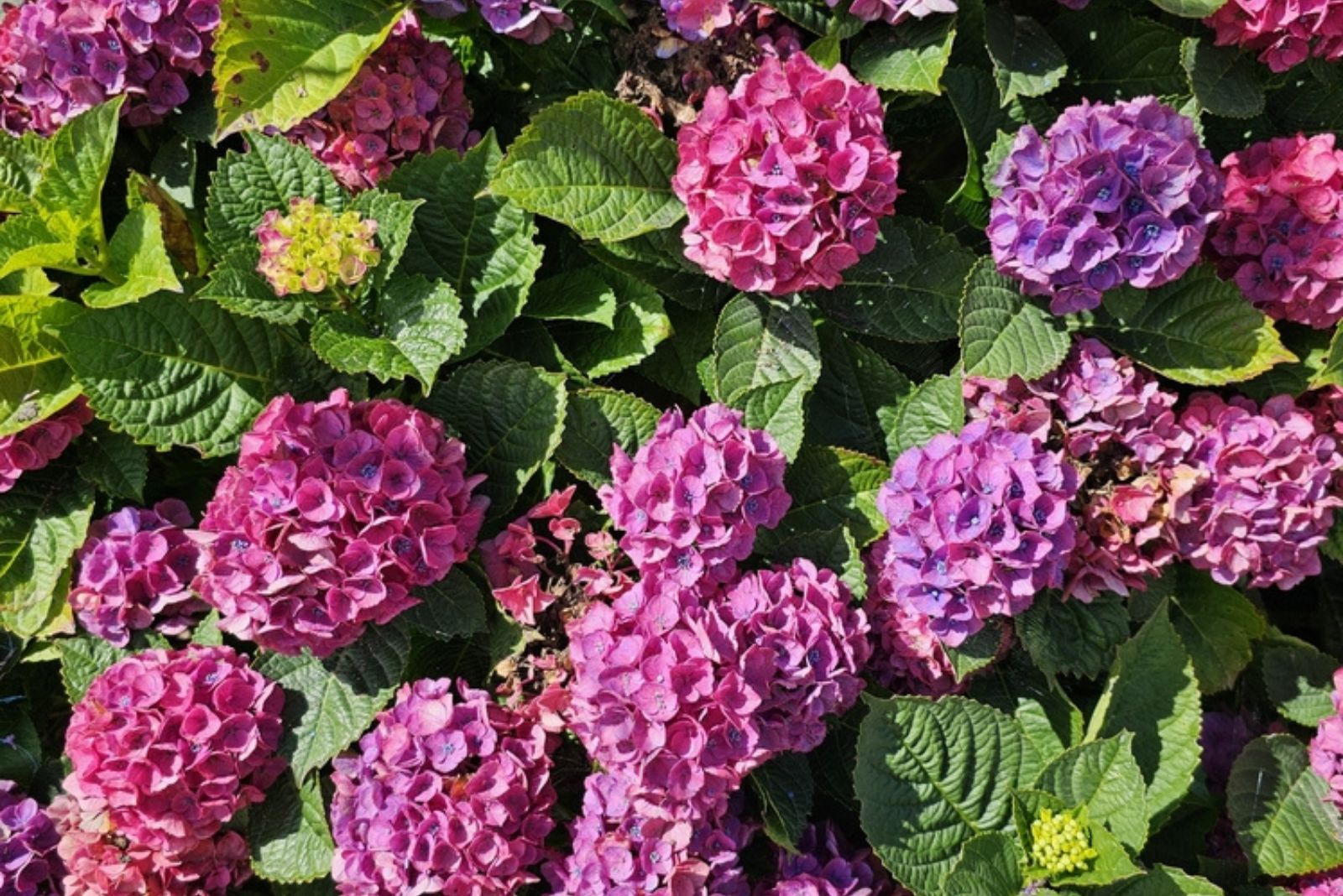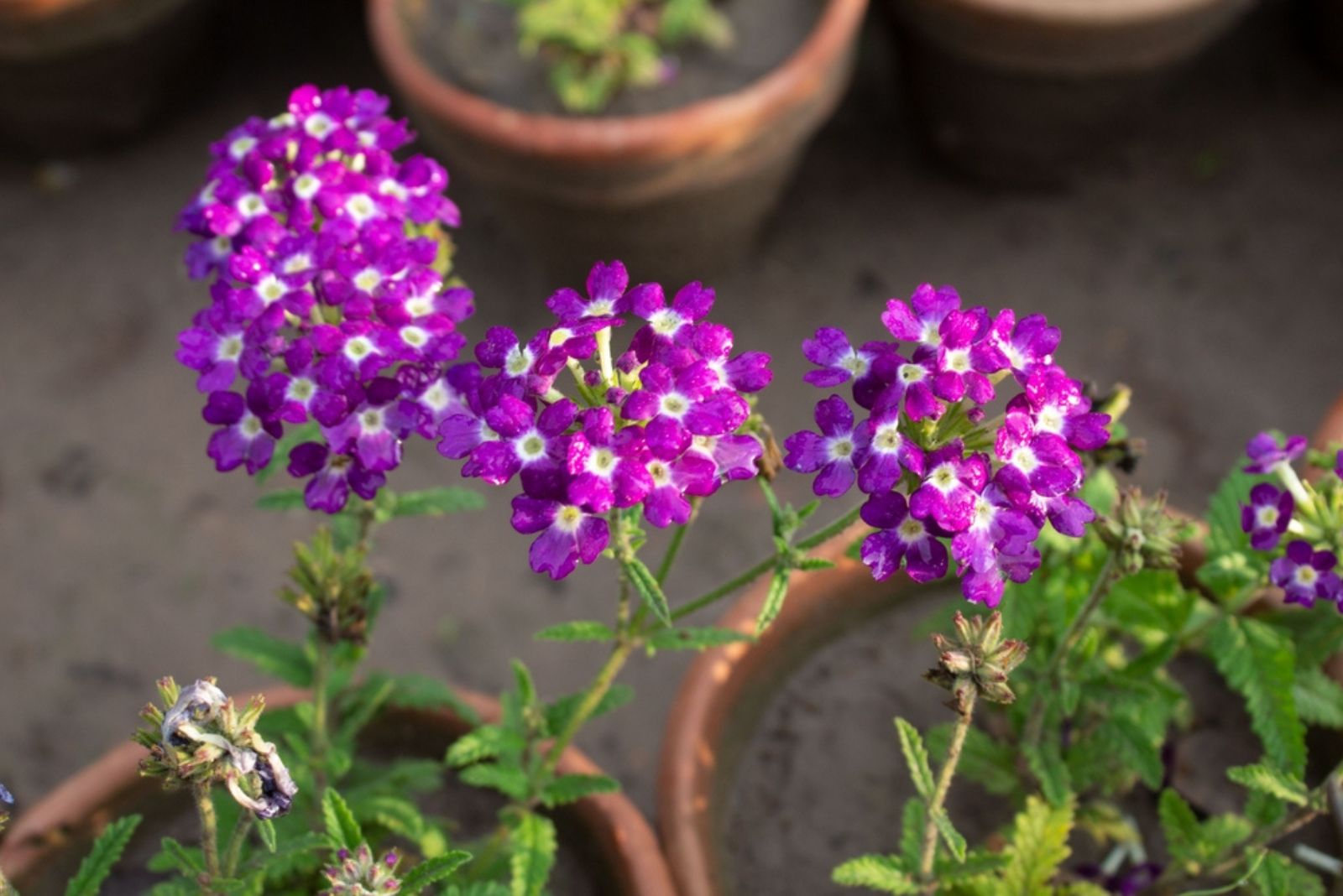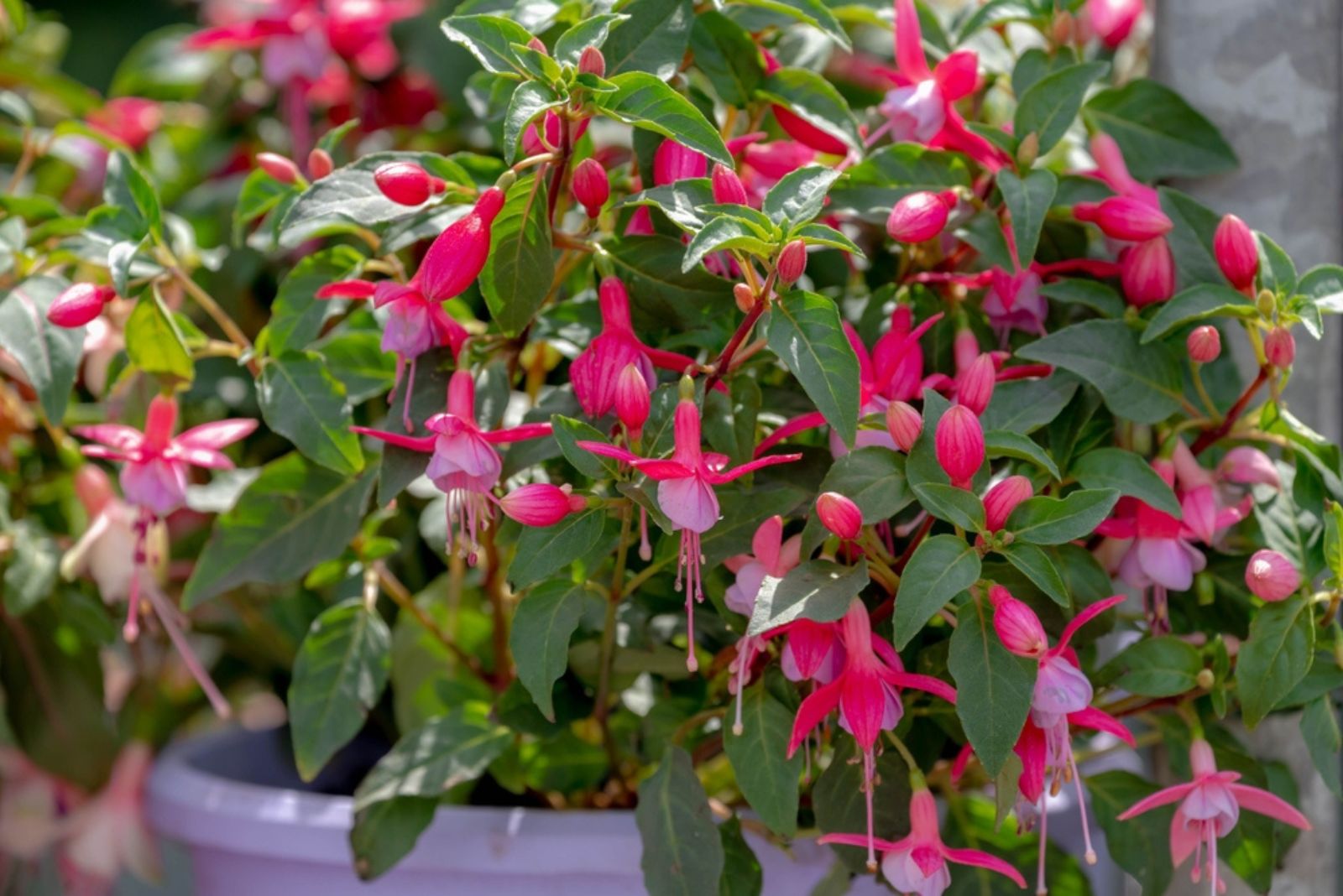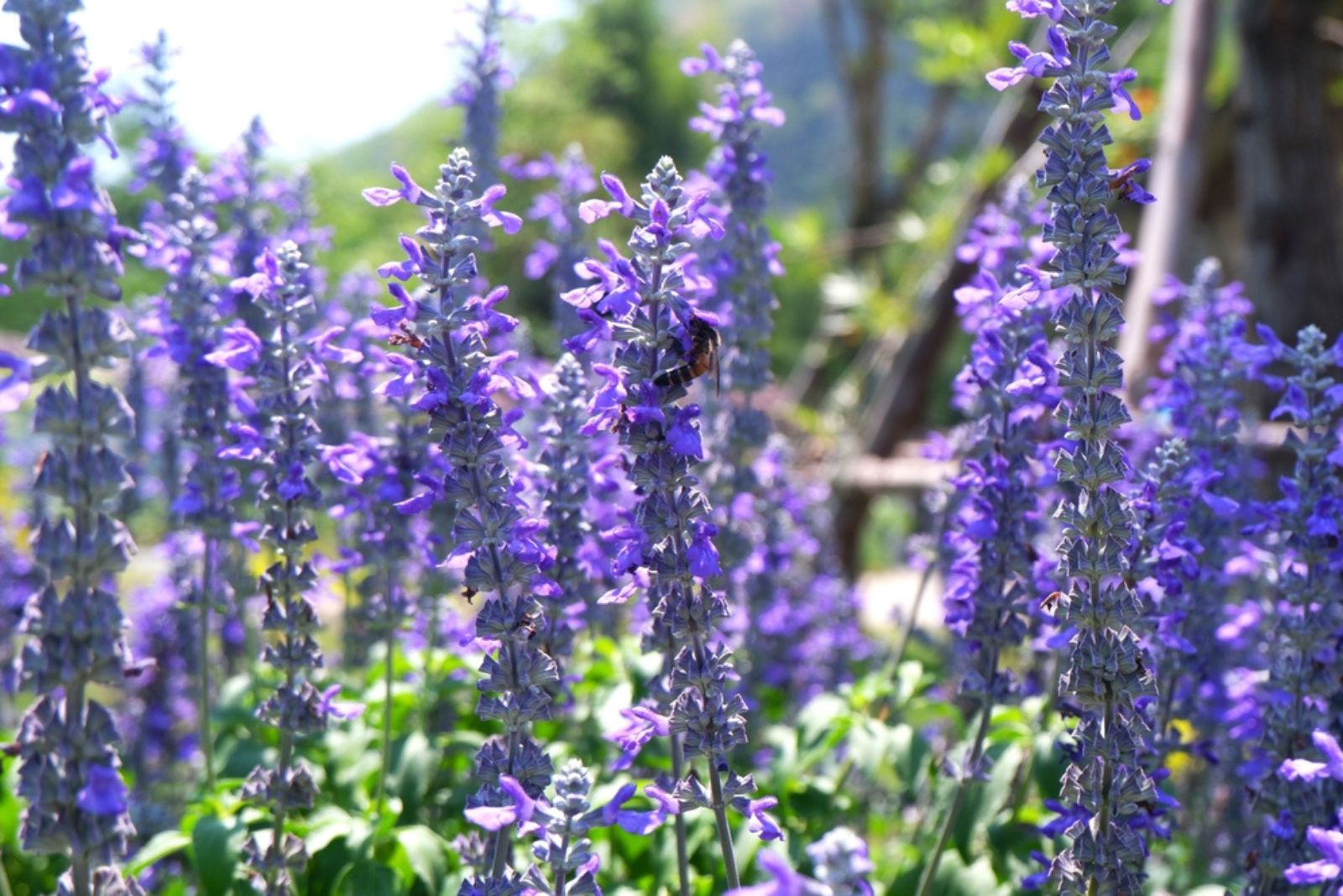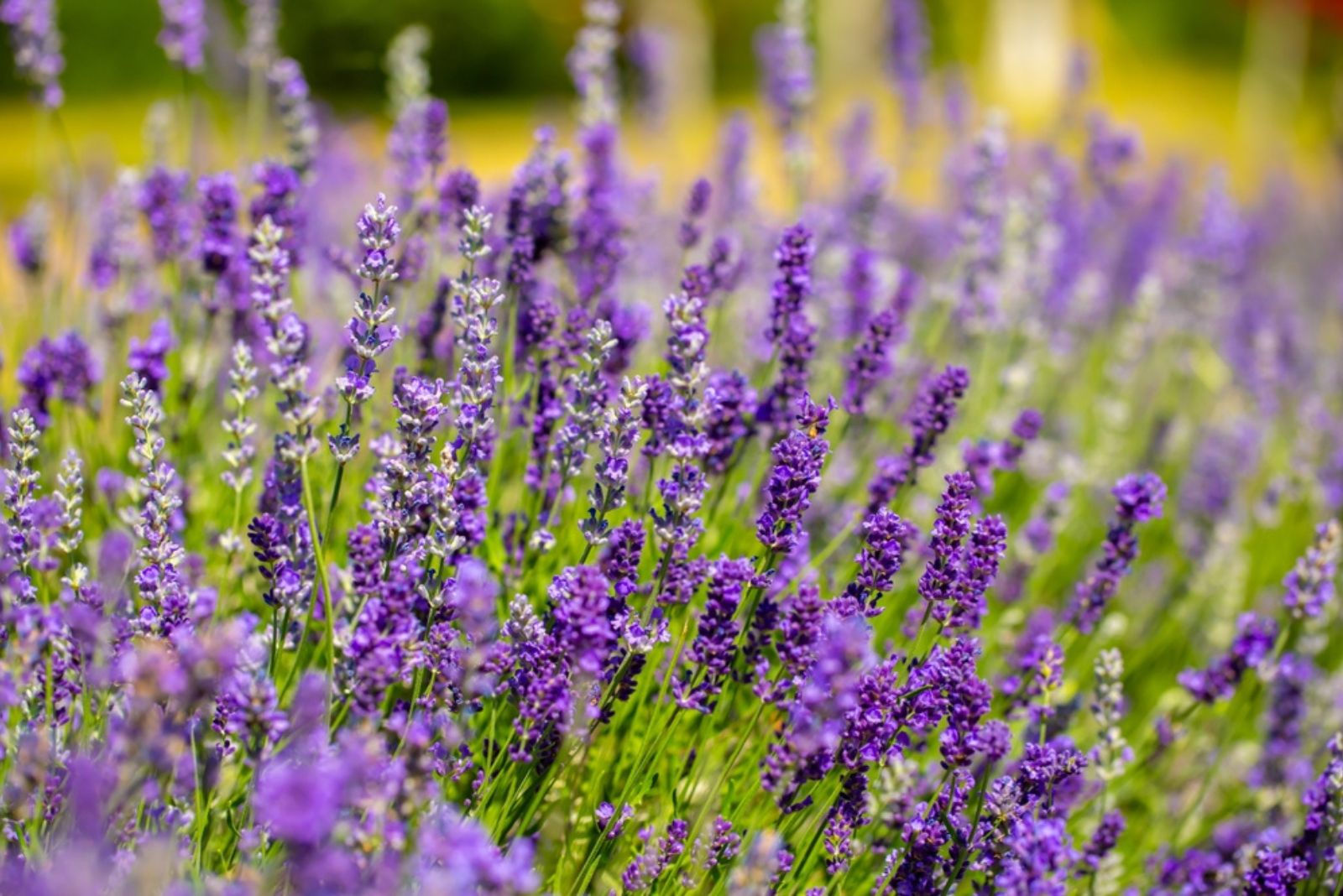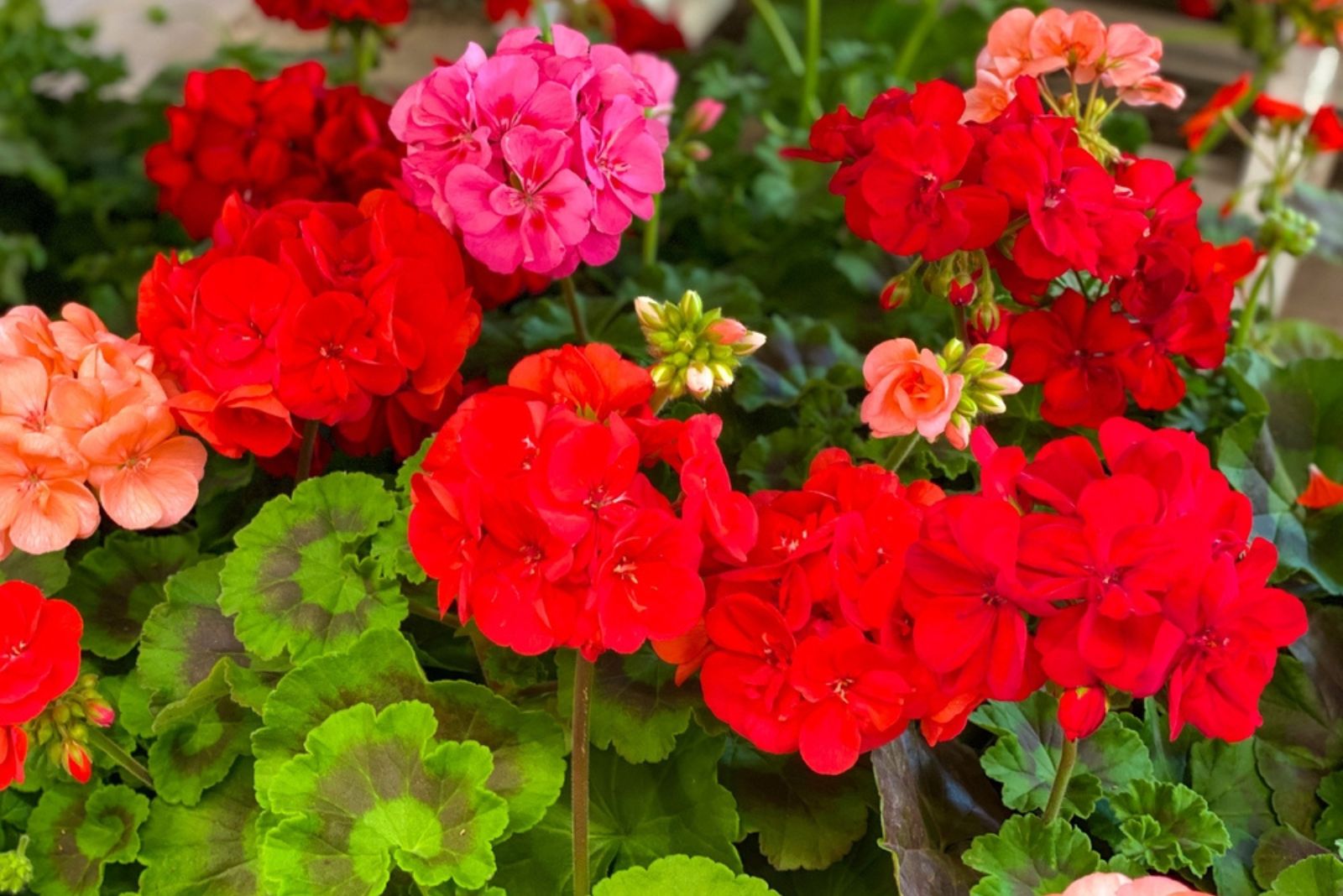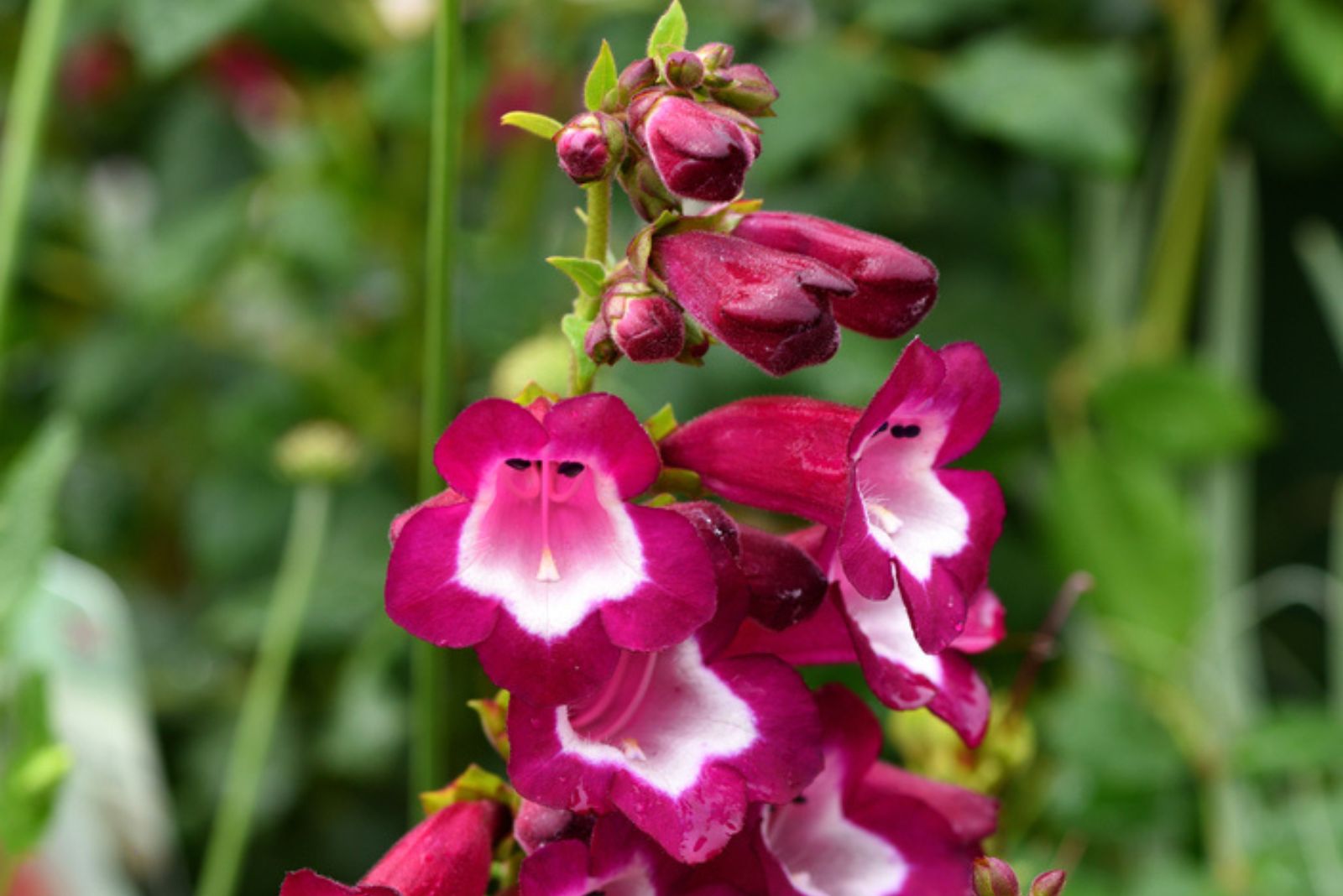With September heading into its final lap, I’d say you’re nearly at the finish line for this month’s chores.
Before you hang up your gardening gloves, consider adding one more task. Don’t worry, it won’t cost you a dime!
Of course, I’m talking about one of the oldest tricks in the gardening book that never fails to amaze: propagation.
Look, you can’t multiply every plant you have in your garden. But let me show you the 7 plants that are a breeze to propagate; no need for expert skills or high-end equipment!
1. More Hydrangeas? Yes, Please!
Is there anyone who doesn’t like the gorgeous large blossoms of hydrangeas? But expanding a hydrangea collection isn’t really a cheap quest.
Propagation saves the day!
So, what do you need to multiply these beauties? Well, the answer is simple and short: a few healthy and happy well-established hydrangeas.
Your hydrangeas will soon enter dormancy, so taking the cuttings in September is your last call.
First, examine the plants closely and search for healthy stems. Once you select them, simply snip them just below the node.
Brush the cut end with rooting hormone and plant the cutting in a gritty and well-draining compost.
If you don’t have enough space for your hydrangeas, simply repot them when they are established and keep them in pots.
2. Expand Your Verbena Collection Without Spending A Dime
Here comes one of the most popular perennials out there, the stunning verbena. If you already have these beauties in your garden, don’t miss out on the chance to multiply them.
Verbenas are pretty sensitive plants, and from my experience, overwintering them is one of the most challenging tasks.
This is where propagation steps in! If your older verbenas don’t survive through winter, the cuttings more likely will.
So, instead of panicking and worrying about their survival, make sure to take a few verbena cuttings and plant them in fresh compost. You must keep them warm through the cool months, so I recommend placing them on a windowsill.
3. Fuchsia Is A Great Candidate For Propagation, Too
Whenever someone asks me how to add a splash of color to their garden, I simply answer: grow fuchsias! And for even more colors, grow even more fuchsias.
There’s no need to purchase new fuchsias every year because they’re easily propagated.
You’ll need to snip a few 3-inch-long cuttings from the tips of your fuchsia shoots. Strip all the lower leaves on the cutting and put it in a container filled with compost.
Add some water and cover everything with a plastic bag to trap some humidity for your fuchsias-to-be.
The ideal time to take fuchsia cuttings is right now, so if you don’t have these plants, purchase a few and propagate them.
4. Don’t Forget To Multiply Salvias
Are your flower beds adorned with salvias? Great, because you can double the number of these plants without spending a fortune.
September and October are the best months to multiply salvias. Your main goal is to select a few non-blooming stems and cut them below the node.
Then follow the standard procedure: get rid of lower leaves, apply rooting hormone, and plant the cuttings in compost.
But bear in mind that the main salvias need foliage to survive through winter, so make sure not to take too many cuttings.
5. Are You Up To Doubling Your Lavender Patch?
Here comes the queen of scented gardens: the one and only lavender. Not many people know that propagating lavender is actually a piece of cake.
Yes, it’s true. All you need to do is cut off the non-blooming shoots from this year’s growth, making sure you take a strip of bark, too.
Then dip the cut end in a rooting hormone and plant the cuttings in compost. It would be best if you could keep the cuttings in a greenhouse over winter. If you don’t have one, a warm spot inside your home will do the trick.
6. More Colors With More Geraniums
Another excellent candidate for September propagation is geraniums. Garden borders and hanging baskets don’t look the same without these beautiful plants.
So, how to get more of them? Just take a few cuttings and plant them in a well-draining compost. Geraniums are super easy to maintain and the same goes for cuttings.
You can also propagate geraniums through seeds by skipping deadheading and collecting seeds.
From my experience, this method takes too much time and its success rate is way lower than cuttings.
7. Penstemons For The Win!
Do you like foxgloves? If so, then you’ll also like penstemons. This is also a tall species that produces breathtaking bell-shaped blossoms.
If you want to expand your penstemon collection, simply take a few cuttings, apply rooting hormone, and plant them in compost.
A cold frame or an unheated greenhouse are the best spots for overwintering your penstemon cuttings. They’ll be well-established until next season and knock you off your feed with their gorgeous appearance.
Can’t spare the cash for new plants or just don’t want to spend a fortune? Propagation has got your back. This September, get busy with these plants and you’ll have a garden to brag about next season!

